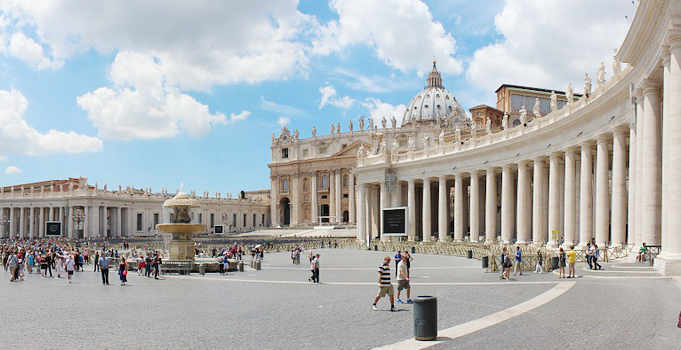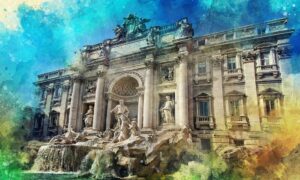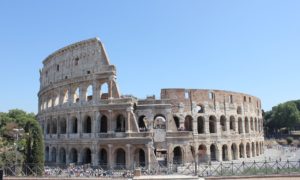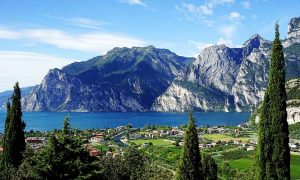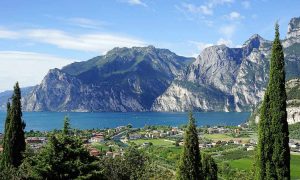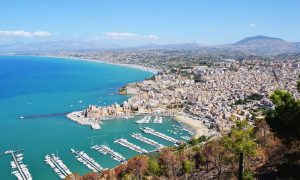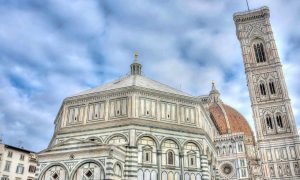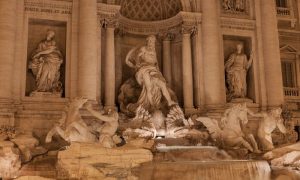Since 1929, when the Pope entered into an agreement with Mussolini, the Vatican has been an independent state, the smallest in the world, with only 0.44 square kilometers. However, within its walls there are enough attractions and entertainment to keep tourists busy for several days.
Whether you’re a devout Catholic or simply fascinated by impressive architecture and elaborate ceremonies, a visit to the Vatican is a great addition to your trip to Rome. Discover the best attractions in the Vatican.
1. St. Peter’s Basilica
In the center of the Vatican and one of the best places to visit, the magnificent Basilica of St. Piotra was built between the 16th and 18th centuries, replacing earlier buildings. It is one of the largest Catholic churches in the world and the center of Catholicism.
Although not the Cathedral of the Bishop of Rome, it is still considered the holiest site of the Catholic Church.
2. Vatican Museums
The Vatican Museum is one of the largest museums in the world, and its collections for centuries have been the collection and accumulation of the Roman Catholic Church. The vast complex of the Vatican Museums houses some of the most famous art in the world, including works by Raphael and Michelangelo, as well as art and artifacts from ancient Egypt, Greece and the Roman Empire.
3. Sistine Chapel
Ceiling and Altarpieces frescoes painted by Michelangelo and wall frescoes painted by other Renaissance masters are the culmination of a visit to the Vatican Museums and one of the most important artistic treasures in the world.
4. Castel Sant’Angelo
A historical monument that deserves to be visited by tourists. On the first Sunday of the month the entrance is free and the route is well organized. There are also toilets and a bar inside. The view of Rome from above is magnificent. The entrance ticket costs 15 euros.
5. Vatican Gardens
Recommended visit the gardens of the Vatican, beautiful greenery, many trees, flying parrots and more than 100 fountains. At this point, the shoulders should be covered and you should have a long skirt. The Vatican Gardens are extremely well looked after and well cared for by gardeners. Walking along the alleys blowing in beautiful flower beds is a unique experience.
6. Pieta
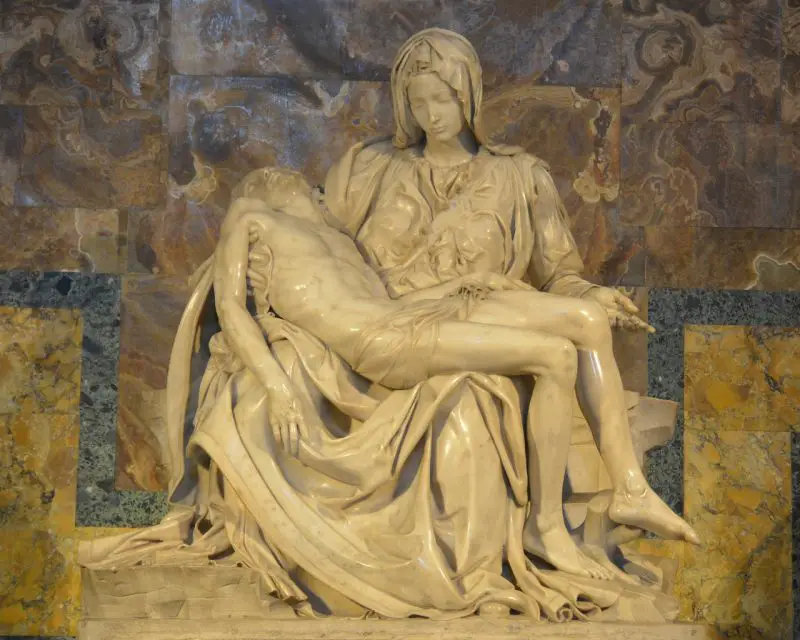
Like all Michelangelo’s work, La Pieta is wonderfully carved and touching. Definitely worth a look. There is such a feeling of respect when watching it.
7. Necropolis
Fantastic, slightly claustrophobic and very warm place. Of particular interest is a visit to the ancient grave street, deep underground at the grave of St. Peter. This is a golden chest under the main altar in St. Peter. You can see ancient burials here and learn a lot about life in ancient Rome. Here the whole interest of this place is revealed, and this is its dimensions of the largest and most famous church in the world.
8. Vatican Stanzas
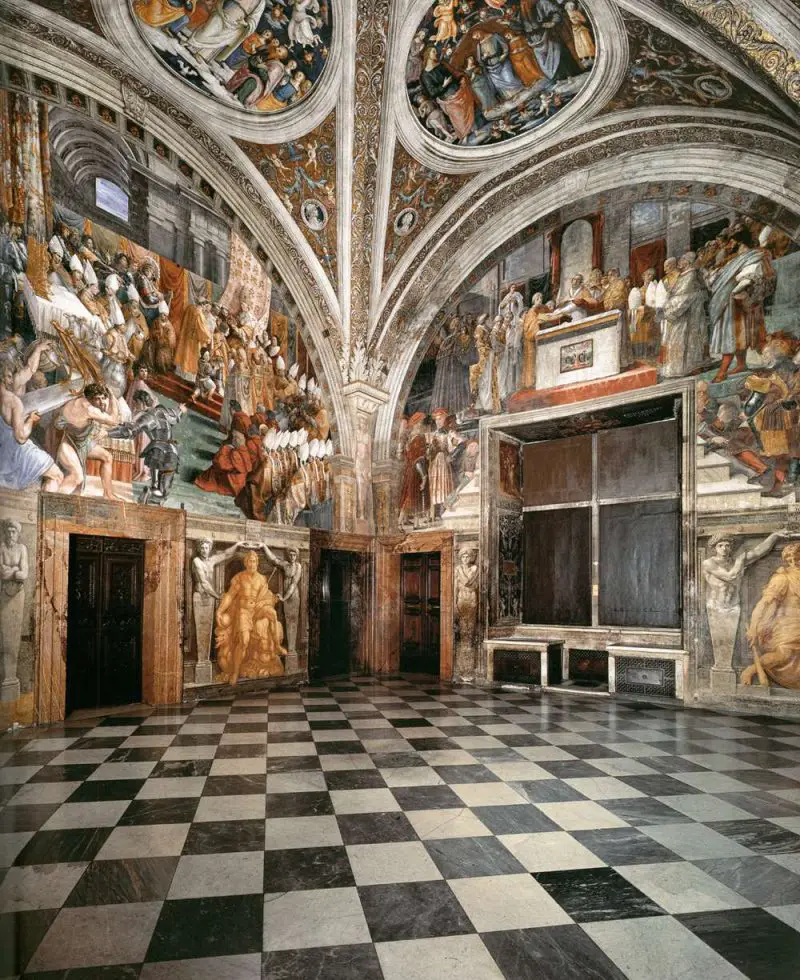
Rooms with frescoes by Raphael in the Papal Palace of the Vatican. Four relatively small rooms (about 9 by 6 meters), painted in 1508-1517 by Raphael together with his students, and a hall with paintings by students after Raphael’s death according to his sketches. Each station (room) has four fresco compositions, each entirely occupying one wall.
9. Villa Giulia
National Etruscan Museum , created at the initiative of the Italian archaeologist Felice Barnabei (1842-1922), was discovered in 1889. The museum is located in the former summer residence of the popes, built in the 16th century by the outstanding architects Giorgio Vasari (Giorgio Vasari -1511-1574), Vignola (Jacopo Barozzi da Vignola, 1507-1573) and Ammanati (Bartolomeo Ammanati, 1511-1592).
The museum presents items of Etruscan culture from the 9th to the 2nd century BC, including household and artistic ceramics. Amphorae served to store and transport food, in hydrias – large jugs with three handles – they held water, in craters they mixed wine with water, and served it in Oinochoes.
Kanpharos, kiliks and rhytons served as drinking bowls, incense was stored in small alabastrons and aryballas. Of particular interest is the collection of buccero, which is called the national ceramics of the Etruscans. Buccero – black or gray ceramic products, without varnish or painting, polished to a shine. In 1919, the unique collection of the Castellani family was added to the museum collection.
It contains approximately 6,000 items made of bronze, ceramics, ivory, and precious metals. Etruscan bracelets, rings, pins, pendants, brooches (clasps), decorated with ornaments and figured compositions harmoniously coexist with jewelry of the Middle Ages, the Renaissance and the 20th century.
Pay attention to the famous sarcophagi “Spouses” and “Signora”, as well as the terracotta statue of Apollo from Vei: it was created by Vulka, the only sculptor of Etruria whose name has been preserved in history
10. St. Peter’s Square
Great St. Peter’s Square was designed by the famous Bernini in 1656-1667 as a place where believers from all over the world could gather. Along the circumference on both sides, it is bounded by rows of columns. It also has an Egyptian obelisk and Roman fountains.
